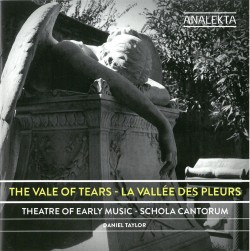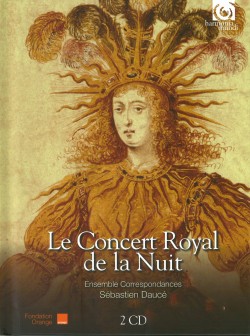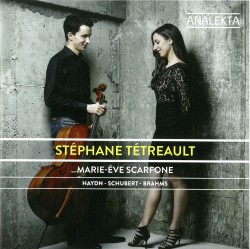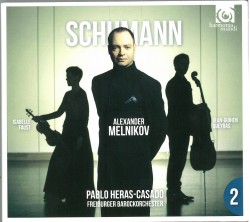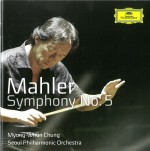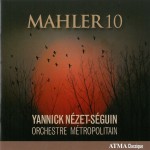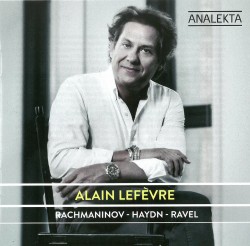Perfect Polyphony – Peter Phillips’ Favourites - Tallis Scholars
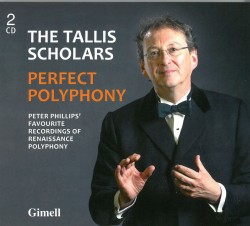 Perfect Polyphony – Peter Phillips’ Favourites
Perfect Polyphony – Peter Phillips’ Favourites
Tallis Scholars
Gimell CDGIM 213
Coming up to 2000 concerts and 56 albums, director Peter Phillips has chosen to celebrate the Tallis Scholars by compiling his favourite recordings from 40 years of their stellar performances of Renaissance polyphony. Appropriately, the disc begins with Palestrina’s Missa Papae Marcelli, which also happens to be the very first piece the group ever recorded, and is followed by a lovely 1987 recording of Victoria’s Versa est in luctum. Tackling Gesualdo’s intense and harmonically challenging Ave, dulcissima Maria highlights the high level of precision these singers can execute. Particularly moving are the two sets of Lamentations of Jeremiah by Thomas Tallis, with Brumel and Ferrabosco’s settings following. Repetition, however, is not an issue: each composer’s treatment (and selection of text) is quite different. The opening of Josquin’s Missa Ave maris stella is resplendent with purity of tone, particularly in the women’s voices, and is lovely in its canonic pursuit from start to finish. The Tallis Scholars’ perfect intonation is enhanced by their uncanny ability to imbue the performance with meaning and beauty, never departing from the true spiritual significance of these works.
Concert note: The Chamber Music Orillia Chamber Choir performs Palestrina’s Missa Papae Marcelli and works by Rachmaninoff, Fauré and Bach under Jeffrey Moellman’s direction on November 8, at St. James' Anglican Church, Orillia.


